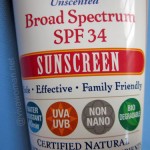
Not safe to buy sunscreens based on SPF
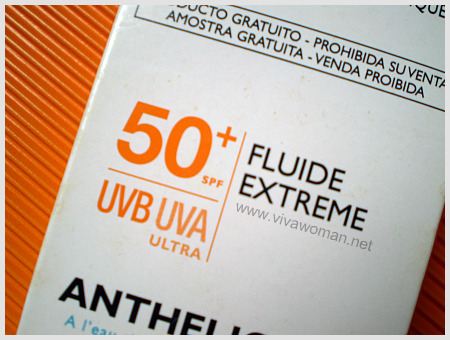
Pei Fang’s guest post reviewing the La Roche-Posay Uvidea XL opened up some questions regarding SPF and PPD. I thought I’ll do a quick post to clarify.
SPF rating pertains to protection from UVB rays only
SPF as you most probably already know, stands for Sun Protection Factor and measures the amount of protection from UVB rays or how long you are protected from burning. The SPF rating is calculated by comparing the amount of time needed to produce a sunburn on protected skin to the amount of time needed to cause a sunburn on unprotected skin. A higher SPF does not translate to better protection. I’ve written about this before and all I would say here is you’re good with a sunscreen offering SPF30 protection level.
SPF rating does not consider damage from UVA rays
However, you need to know that SPF rating does not take into account the damaging effects of UVA which are the ones responsible for aging. This is why the advice is to always go for a sunscreen that offers broad spectrum protection as you’ll need protection from both UVA and UVB rays.
Read the ingredients to verify for broad spectrum protection
However, not all sunscreens give you that indication and the broad spectrum protection could be just claims. In this case, you have to go a level deeper by reading the ingredients and also take note of the actual content of the sunscreen protection ingredients. Personally I prefer mineral sunscreens using zinc oxide and I recently read that a sunscreen should have at least 7% of zinc oxide or titanium dioxide to be effective although I think that number is very low. I would only use a sunscreen if it contains at least 16% of zinc oxide. You can read my past entry on tips on sunscreen protection and application or read this article at Wiki for more information.
PPD method of measuring UVA protection
The only method I’m familiar with in terms of tracking UVA protection efficacy is the PPD or PA as it is better known in Japan with plus signs. The higher the PPD number or the greater the number of plus signs, the better a sunscreen protects against UVA rays. So if you pick a sunscreen that indicated PA+++, it offers you the greatest protection against UVA protection with a factor of PPD above 8.
Therefore for those who do not want to read the ingredients, then I’ll say your best bet is to pick a sunscreen that offers SPF30 with PA+++ for broad spectrum sun protection.
Comments
Leave a Reply
You must be logged in to post a comment.

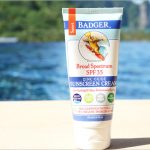
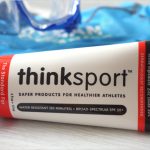








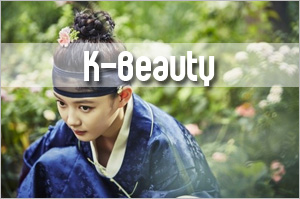
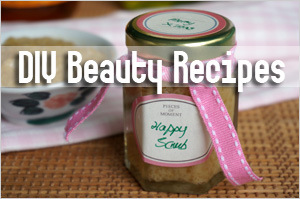
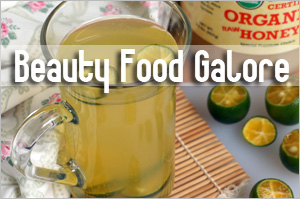
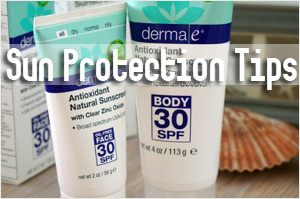
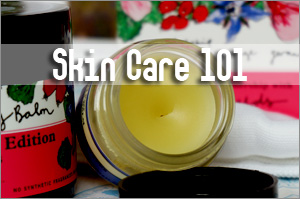
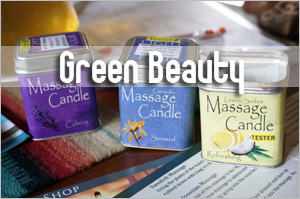
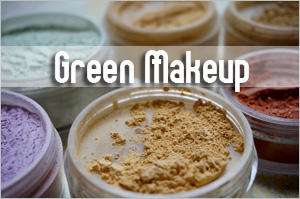
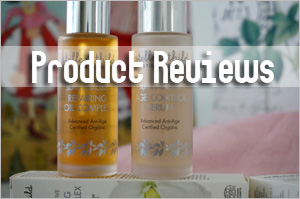
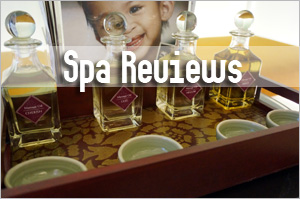
Thanks for this info. Its a common perception that the higher the number the better the sun protection even if it may not be the case. I usually go for high number + high PA+++ and hope for the best
ParisB: Not surprising since that’s the number we usually see on the product.
yeah, me too Paris B…i only go for SPF50 PA+++ as I always worry SPF30 will be not enough since I have to running around under the sun for whole day.
Synaestesia: Yeah I guess SPF50 gives most pple peace of mind.
I always wonder if I’m getting enough sun protection. I always wear SPF 30+ but who knows if it’ll last me all day or not. I guess I can try looking for higher PA+++ just to be safe. Thanks for the article dear!
Dee: Just too bad the PA system are only for the Japanese sunscreens. But like what Dead Sea Mud Lady pointed out, you need to re-apply your sunscreen; technically every 2 hours under normal conditions but really, it’s not that possible with makeup on.
It is best to apply all sun screens every 30 minutes while in the sun or after a swim.
I use SPF 25 if I go in the sun a couple of hours or so, and a SPF 30 for long days at the beach. I have better luck with my 30 minute rule. It also supplies retains the moisture your skin needs. I always make sure that it is one that I can apply tp my face and neck also.
DSML: I do that when I’m out at the pool or beach. I hold on to my sunscreen for life!
Hi Sesame, do you still use the Keys Sunblock? Is that still considered as a safe sunblock? Thanks!
Nurul: I’ve depleted my bottle and have moved on to a new sunscreen UV Natural. Keys Solar has broad spectrum sun protection; the only issue is that they use nano zinc oxide which maybe a concern for some pple although there’s nothing conclusive about their harms.
Thanks for this excellent post!
I make it a point of applying sunscreen every day, whether or not I’m going out of the house. I use an SPF 30+ zinc-based sunscreen.
I also firmly believe that the daily use of a lower SPF sunscreen is more effective than the intermittent use of a higher SPF sunscreen in preventing skin damage.
Chris: I’m all for SPF30 although I don’t mind SPF50. Anything more is excessive and could potentially be pore clogging too.
Hi! i am from Manila, Philippines. i will be going to Singapore next month. can you recommend a good brand of sunblock with PA+++, at least SPF30? because good sunblocks here are usually not available. thanks! by the way, i have super sensitive skin. ?
Marj: Are you looking for chemical based or mineral based sunscreen? Mineral sunscreens are good for sensitive skin but it’s hard to get good ones that are not greasy in Singapore. I have to get mine from US online.
If you don’t mind chemical ones, then try those XL formulas from Vichy or La Roche-Posay, many of which are formulated with sensitive skin in mind. I personally have tried and like La Roche-Posay Anthelios XL. Another one you may like to try is La Roche-Posay Uvidea. All their XL versions provide good broad spectrum protection even though they don’t use PA+++. Their SPF leve is 50 but that should be fine. You can get them from Guardian or Watsons. Talk to the sales pple who can recommend you according to your skin condition. You can also check out their testers.
thank you so much! will check La Roche Posay then. i’m currently using Heliocare 90, but many says this is not stable. i honestly do not have any idea. thanks again. i so love your site! ?
Marj: Your’e welcome! ? I’m not sure about Heliocare but La Roche Posay’s range are good. European based and very photostable. Make sure to go for the XL series, non-alcohol preferably.
Hi, have you heard of Soleo Organics sunscreen? http://www.skin-care-support.org/products/soleo-organics-sunscreen.html
It’s not too expensive, and it sounds similar to the UV Natural sunscreen you’re using. The ingredients are
Vitis vinifera seed oil (grapeseed), helianthus annus seed oil (sunflower), capric/caprylic triglyceride, vegetable oils, candelilla cera, cera alba (beeswax), macadamia ternifolia seed oil, theobroma grandiflorum seed butter, camillia sinensis leaf extract (green tea), anthemis nobilis flower extract (roman chamomile), lecithin, carthamus tinctorius seed oil (safflower), cucumis sativus fruit extract (cucumber), tocopheryl acetate (Vitamin E). ACTIVE INGREDIENT: zinc oxide 22.3%.
What do you think? I have dry and sensitive skin, and I’m afraid the ingredients might break me out or cause milia to appear on my skin, but I’m tempted to try it out.
Pipsila: Yes, I’ve tried Soleo sunscreen before. It’s too greasy for my liking! A bit like Badger’s. While UV Natural feels rich but when applied, it doesn’t feel so greasy. But since you have dry skin, the sunscreen maybe okay for you. However, not sure if it will break you out.
well my name is ayesha i am from islamabad i am using spf of 30 number is it enought for the whole day can u tell me the time tht after how much time i should use it again thanks……..!!!!
ayesha: Usually you should reapply every 2 hours. If you’re out under the hot sun like the beach or something, then every half an hour.
Hello!
After reading ur blog post, I realise the sunscreen I was using previously was inadequate, only UV 25 was written on it. No PA+.
Recently, I started using BB cream and SPF 35 PA+++ was on it, but the ingredients are all in korean, so i am not sure whether this is enough or not.
but i guess u all would just trust wad’s written on the pdt right?
Tara: Hmm…I’m not sure about Korean’s cosmetics regulations but I expect that their standard is quite high so you can probably trust what you read.